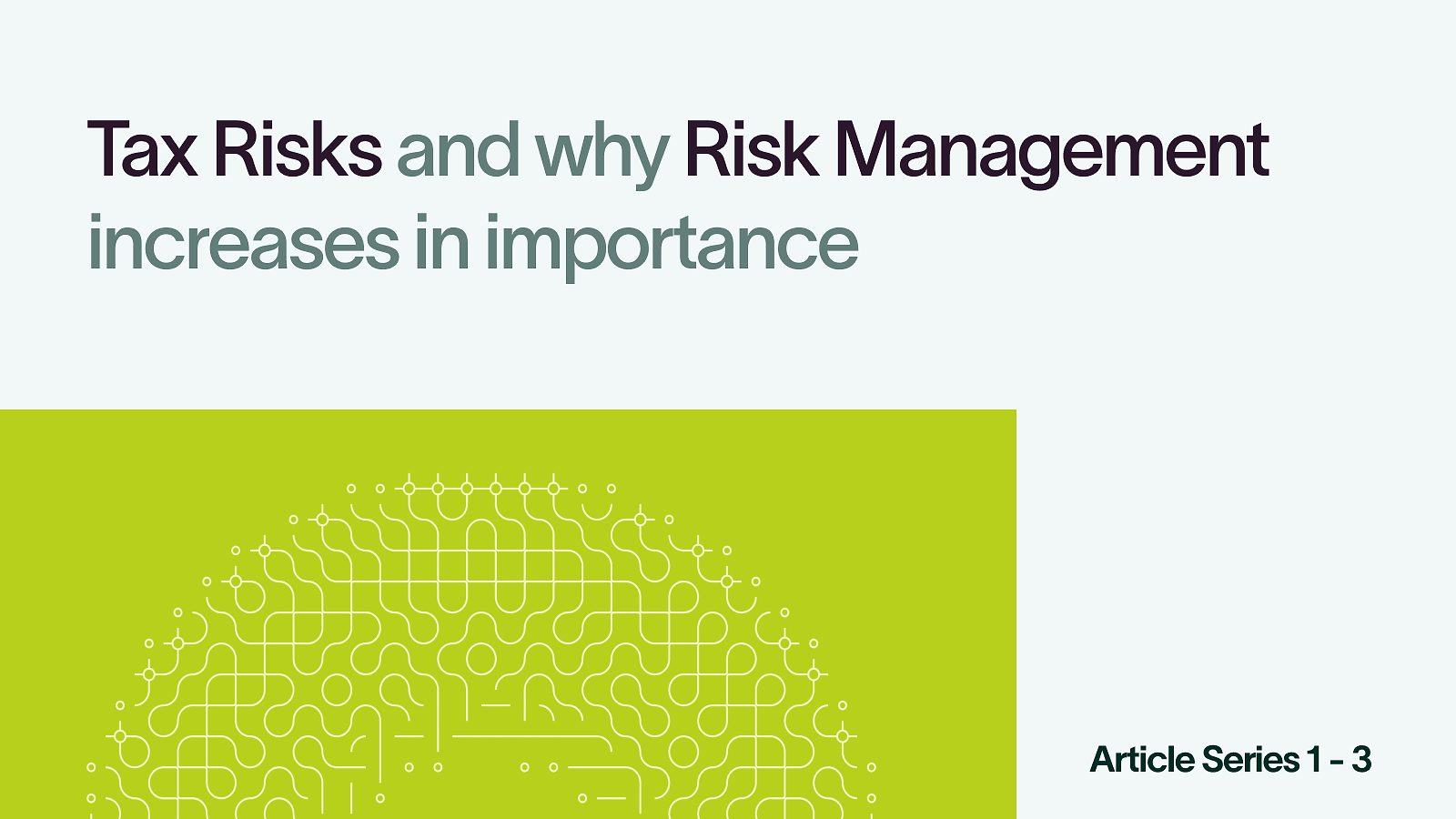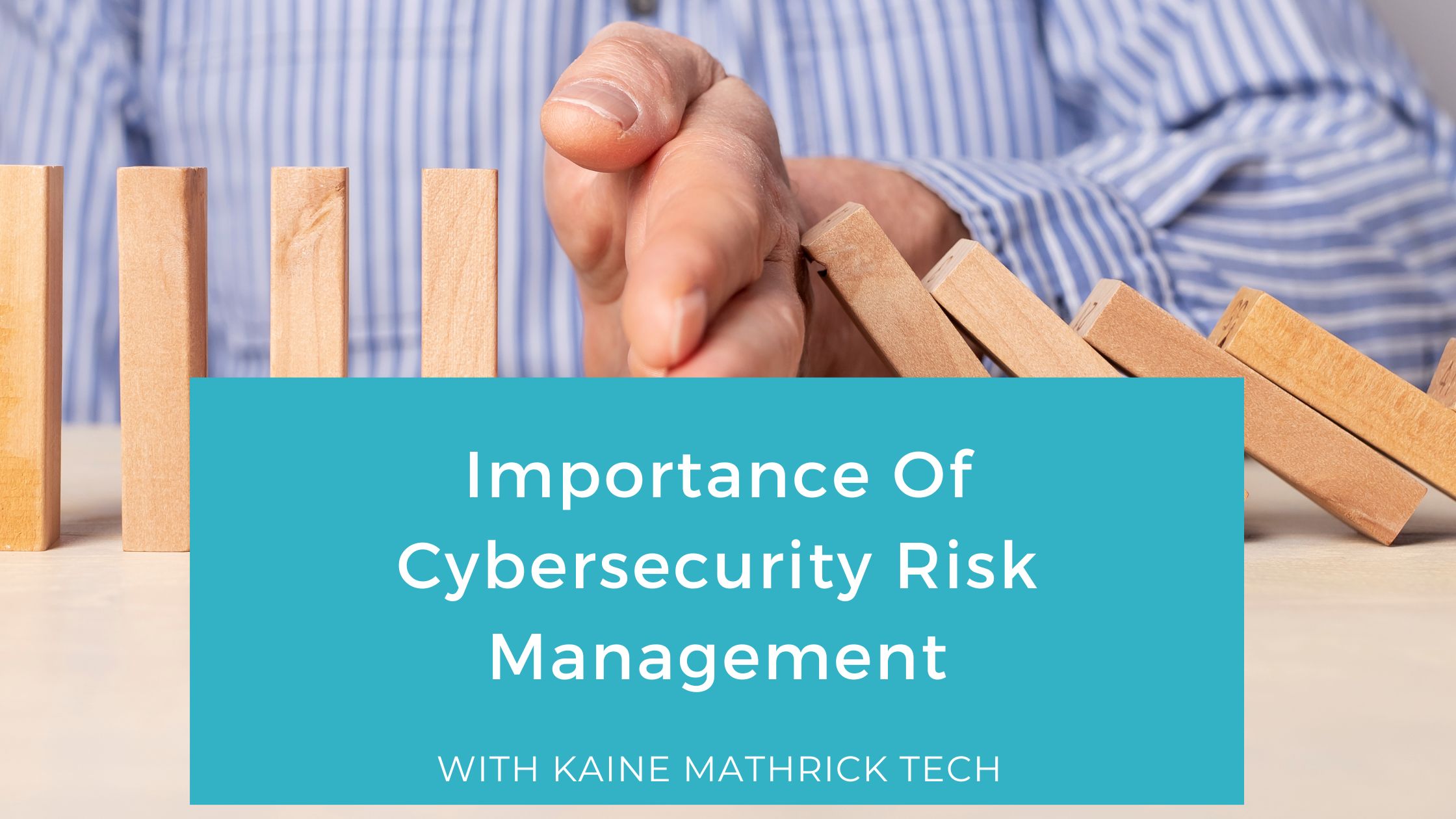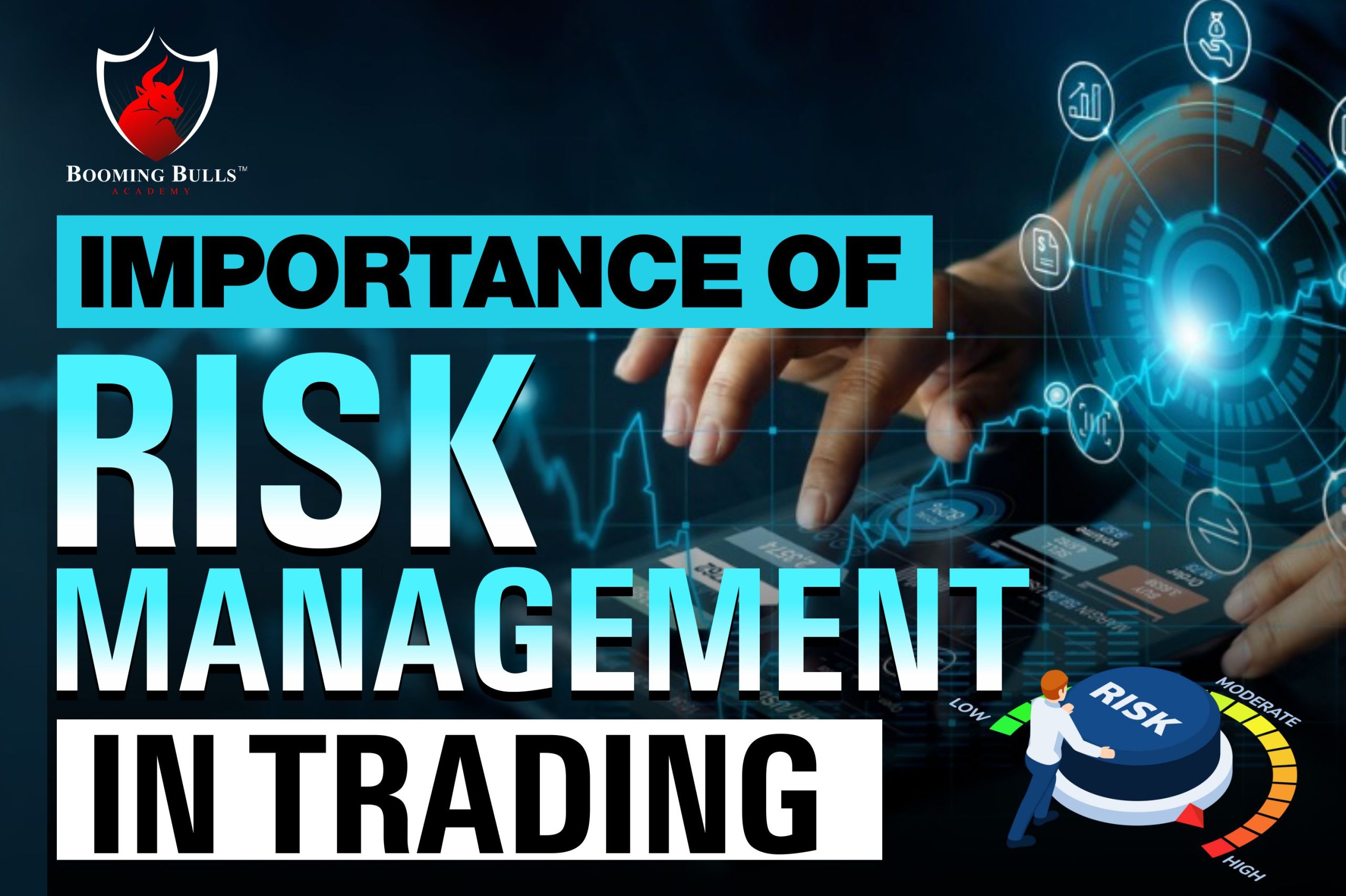Navigating the Complexities: Understanding the Importance of Risk Management
Navigating the Complexities: Understanding the Importance of Risk Management
Blog Article
Discovering the Significance of Risk Management for Effective Decision-Making Methods
In the complex globe of service, Risk Management arises as an essential consider the decision-making process. The ability to identify possible dangers and chances, and strategize as necessary, can spell the distinction in between success and failing. With tools such as SWOT and PESTEL, companies are equipped to make educated options, fostering resilience and versatility in an ever-changing setting. Wondering how this functions? Allow's unpack the dynamics additionally.
Recognizing the Principle of Risk Management
Risk Management, an important part in decision-making, is typically misinterpreted or oversimplified. Usually, it describes the recognition, analysis, and prioritization of threats to decrease, check, and manage the likelihood or effect of regrettable events. Nevertheless, it's not merely about avoiding unfavorable outcomes, but also about recognizing potential possibilities. Risk Management involves regimented and organized approaches, making use of data and insightful analyses. It needs an extensive understanding of the organization's context, goals, and the potential threats that can prevent them. From financial unpredictabilities, legal responsibilities, critical Management errors, to accidents and all-natural catastrophes, it addresses numerous dangers. Importantly, reliable Risk Management is not stagnant; it's a continual, forward-looking procedure that progresses with changing conditions.
The Function of Risk Management in Decision-Making Processes
In the world of critical planning and company procedures, Risk Management plays an indispensable duty in decision-making procedures. It helps in recognizing possible threats and uncertainties that could affect the accomplishment of organization goals. By mapping these risks, companies can create techniques to alleviate their influence, ensuring company continuity and security. Risk Management therefore ends up being an essential device in decision-making, helping leaders to make educated selections based upon an extensive understanding of the risks included. It motivates a positive technique, allowing companies to prepare and expect for possible future situations. This dramatically lowers the chance of adverse effects, promoting a lot more efficient and effective decision-making strategies. Therefore, Risk Management works as a crucial element in the decision-making processes of any company.

Just How Risk Management Boosts Strategic Preparation
In the context of calculated planning, Risk Management plays a pivotal duty. Starting with the identification of possible dangers, it additionally includes the implementation of Risk mitigation actions. The function of Risk Management is not static but vibrant, as it requires continuous monitoring and adjusting of approaches.
Determining Potential Risks

Applying Risk Mitigation
Having established the significance of determining potential threats, the following action is to discover Risk mitigation. This click for more info process includes establishing and executing techniques to handle identified risks effectively. It is an essential element of strategic preparation as it improves decision-making by lessening prospective negative end results. Risk reduction approaches can vary from Risk avoidance, Risk transfer, to run the risk of reduction. Each technique should be tailored to the specific Risk, considering its prospective impact and the organization's Risk tolerance. Additionally, effective Risk reduction needs a deep understanding of the Risk landscape and the possible effect of each Risk. This understanding allows organizations to focus on risks and allot sources effectively, making certain that one of the most considerable threats are resolved first.
Surveillance and Readjusting Approaches
Though Risk mitigation is a crucial action in calculated planning, continuous monitoring and change of these approaches is similarly important. It also gives a possibility to review the success of the Risk Management actions, permitting modifications to be made where required, further enhancing tactical planning. Surveillance and changing Risk Management techniques is a crucial component for enhancing an organization's strength and calculated planning.
Situation Studies: Effective Risk Management and Decision-Making
In the world of organization and financing, effective Risk Management and decision-making often serve as the columns of prosperous ventures. These cases highlight the worth of sharp Risk Management in decision-making processes. These instances underscore the important role of Risk Management in tactical decision-making.
Tools and Methods for Reliable Risk Management
Browsing the intricate labyrinth of Risk Management calls for the appropriate set of tools and methods. These devices, such as Risk registers and warmth maps, aid in identifying and examining potential dangers. Methods consist of both measurable approaches, like level of sensitivity evaluation, and qualitative approaches, such as SWOT analysis. These assistance in focusing on threats based upon their potential impact and likelihood. Risk response strategies, an essential element of Risk Management, entail approving, staying clear of, transferring, or mitigating risks. Monitoring and managing threats, with normal audits and testimonials, ensure that the techniques stay efficient. With these methods and tools, decision-makers can navigate the complicated landscape of Risk Management, thus assisting in educated and efficient decision-making.
Future Fads in Risk Management and Decision-Making Techniques
As we discover the vast landscape of Risk Management, it comes to be noticeable that the tools and strategies utilized today will certainly proceed to evolve. The idea of Risk society, where every participant of a company is mindful and involved in Risk Management, will get extra prominence. These trends declare a more inclusive and positive technique have a peek at these guys towards Risk Management and decision-making.
Verdict

Risk Management therefore becomes a vital device in decision-making, assisting leaders to make informed selections based on a thorough understanding of the dangers involved. Risk mitigation strategies can vary from Risk avoidance, Risk transfer, to run the risk of reduction (importance of risk management). Reliable Risk mitigation calls for a deep understanding of the Risk landscape and the possible impact of each Risk. Risk action approaches, a crucial element of Risk Management, include accepting, staying clear of, transferring, or mitigating threats. The idea of Risk culture, where every participant of an organization is aware and included in Risk Management, will obtain a lot more prominence
Report this page